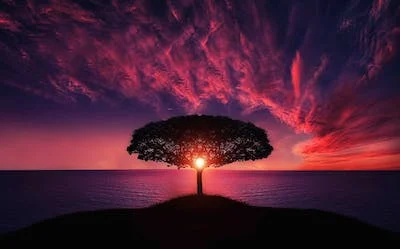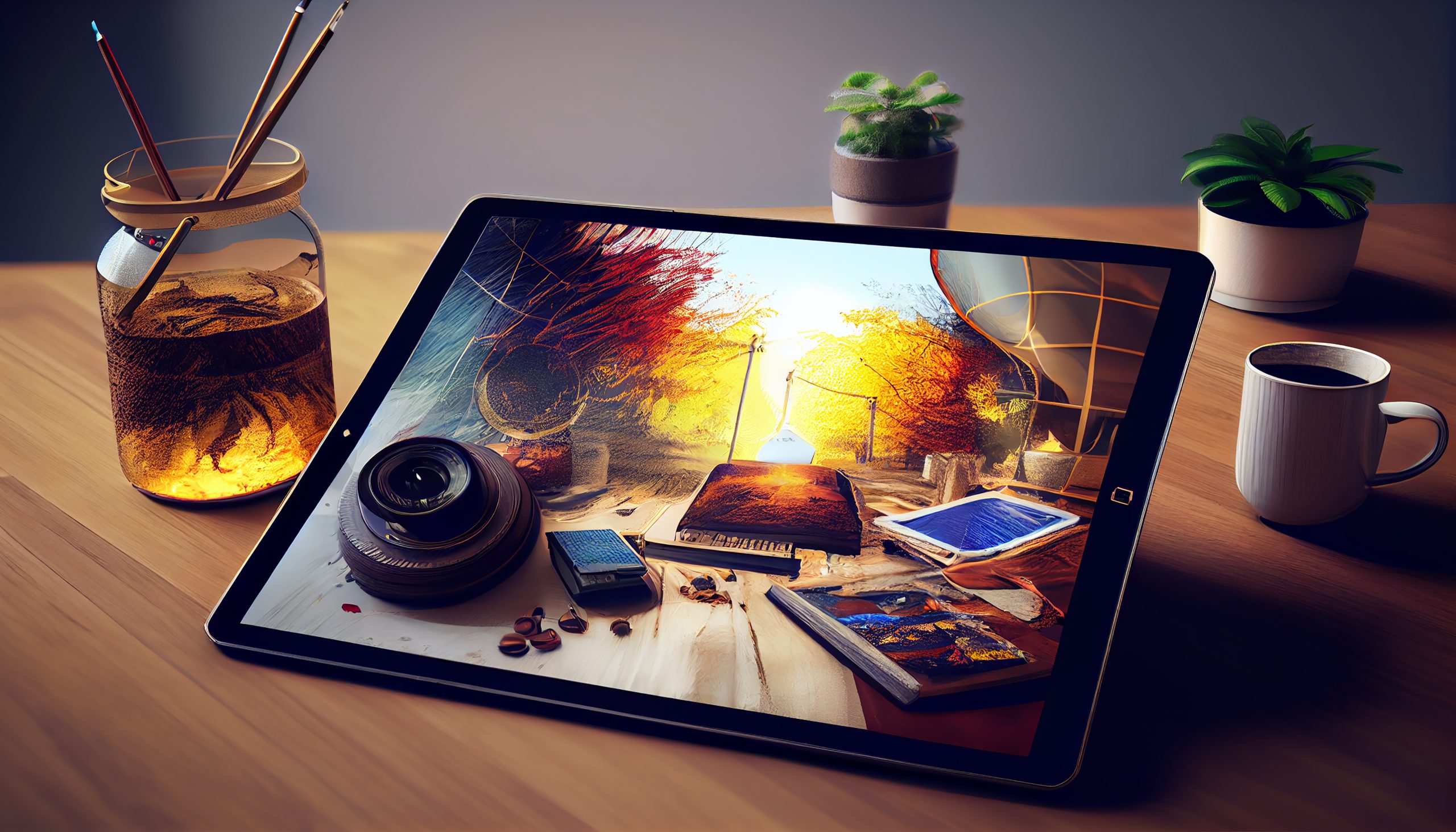In the realm where human creativity intersects with technological innovation, a groundbreaking phenomenon has emerged, captivating the minds and hearts of art enthusiasts and technophiles alike – AI artwork. With the advent of artificial intelligence (AI), the boundaries of artistic expression have expanded beyond conventional limitations, giving rise to a new era of creativity that transcends the confines of traditional methods. In this exploration, we delve into the fascinating world of AI-generated artwork, uncovering its evolution, its implications, and the mesmerizing pieces it has produced.
The Genesis of AI Artwork:

The genesis of AI artwork can be traced back to the intersection of art and technology, where pioneers sought to harness the power of algorithms and machine learning to create compelling visual experiences. One of the earliest instances of AI-generated art dates back to the 1960s, with the emergence of computer-generated graphics and early experiments in algorithmic art. However, it wasn’t until recent decades that advancements in AI technology, particularly in deep learning and neural networks, revolutionized the landscape of artistic creation.
The Rise of Generative Adversarial Networks (GANs):

At the forefront of AI artwork are Generative Adversarial Networks (GANs), a class of algorithms introduced by Ian Goodfellow and his colleagues in 2014. GANs operate on the principle of two neural networks – a generator and a discriminator – engaged in a dynamic interplay to generate novel, realistic images. Through an iterative process of training, the generator learns to produce images that are indistinguishable from real ones, while the discriminator learns to differentiate between real and generated images. This adversarial collaboration results in the creation of astonishingly lifelike artworks that blur the lines between human and machine creativity.
Exploring AI Artistic Styles:

One of the most intriguing aspects of AI artwork is its ability to emulate diverse artistic styles with remarkable precision. From classical masterpieces to contemporary avant-garde, AI algorithms have been trained on vast datasets of artworks, enabling them to mimic the characteristics of various art movements and genres. Whether it’s the vibrant brushstrokes of Impressionism, the surreal landscapes of Surrealism, or the abstract geometries of Cubism, AI-generated artworks exhibit a versatility that transcends the limitations of human skill and imagination.
AI as Collaborative Creator:

In addition to replicating existing artistic styles, AI has also emerged as a collaborative creator, augmenting human creativity in unprecedented ways. Artists and designers around the world are leveraging AI tools and platforms to enhance their creative process, exploring new avenues of expression and experimentation. From generating initial design concepts to refining intricate details, AI serves as a co-creator, offering insights and inspiration that complement the artistic vision of its human counterparts. This synergy between man and machine has led to the emergence of hybrid artworks that blend the ingenuity of human intuition with the computational power of AI algorithms.
Challenges and Controversies:

Despite its transformative potential, AI artwork is not without its challenges and controversies. One of the primary concerns revolves around the notion of authorship and originality. As AI algorithms generate artworks based on pre-existing datasets and patterns, questions arise regarding the authenticity and uniqueness of the creations produced. Furthermore, the democratization of AI tools has sparked debates about the commodification of art and the devaluation of traditional artistic skills. Critics argue that AI-generated artworks may dilute the significance of human creativity, reducing art to a mere product of algorithms and data.
The Future of AI Artwork:

Looking ahead, the future of AI artwork holds immense promise and potential. As AI technology continues to advance, we can expect to see further innovations in generative algorithms, enabling the creation of even more sophisticated and nuanced artworks. Moreover, AI-driven tools and platforms will empower artists to explore new realms of imagination and expression, pushing the boundaries of creativity beyond conventional constraints. However, amidst the rapid evolution of AI artwork, it is essential to maintain a critical dialogue about its ethical, social, and cultural implications, ensuring that it enriches rather than diminishes the rich tapestry of human creativity.
Conclusion:
In conclusion, AI artwork represents a fascinating convergence of art and technology, offering new avenues for exploration and expression in the digital age. From the emergence of Generative Adversarial Networks to the diverse array of artistic styles it can emulate, AI has transformed the landscape of artistic creation in profound ways. While challenges and controversies persist, the transformative potential of AI artwork cannot be overstated. As we continue to navigate this brave new world of creativity, let us embrace the possibilities that AI presents while remaining mindful of the ethical and cultural considerations that accompany it. In the synthesis of human ingenuity and machine intelligence lies the boundless potential to redefine the very essence of art itself.




One other thing I would like to express is that as an alternative to trying to fit all your online degree training on days and nights that you end work (because most people are worn out when they get home), try to receive most of your sessions on the saturdays and sundays and only a couple courses on weekdays, even if it means a little time off your saturday and sunday. This is really good because on the weekends, you will be extra rested and also concentrated on school work. Many thanks for the different suggestions I have realized from your weblog.